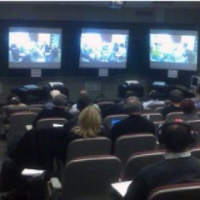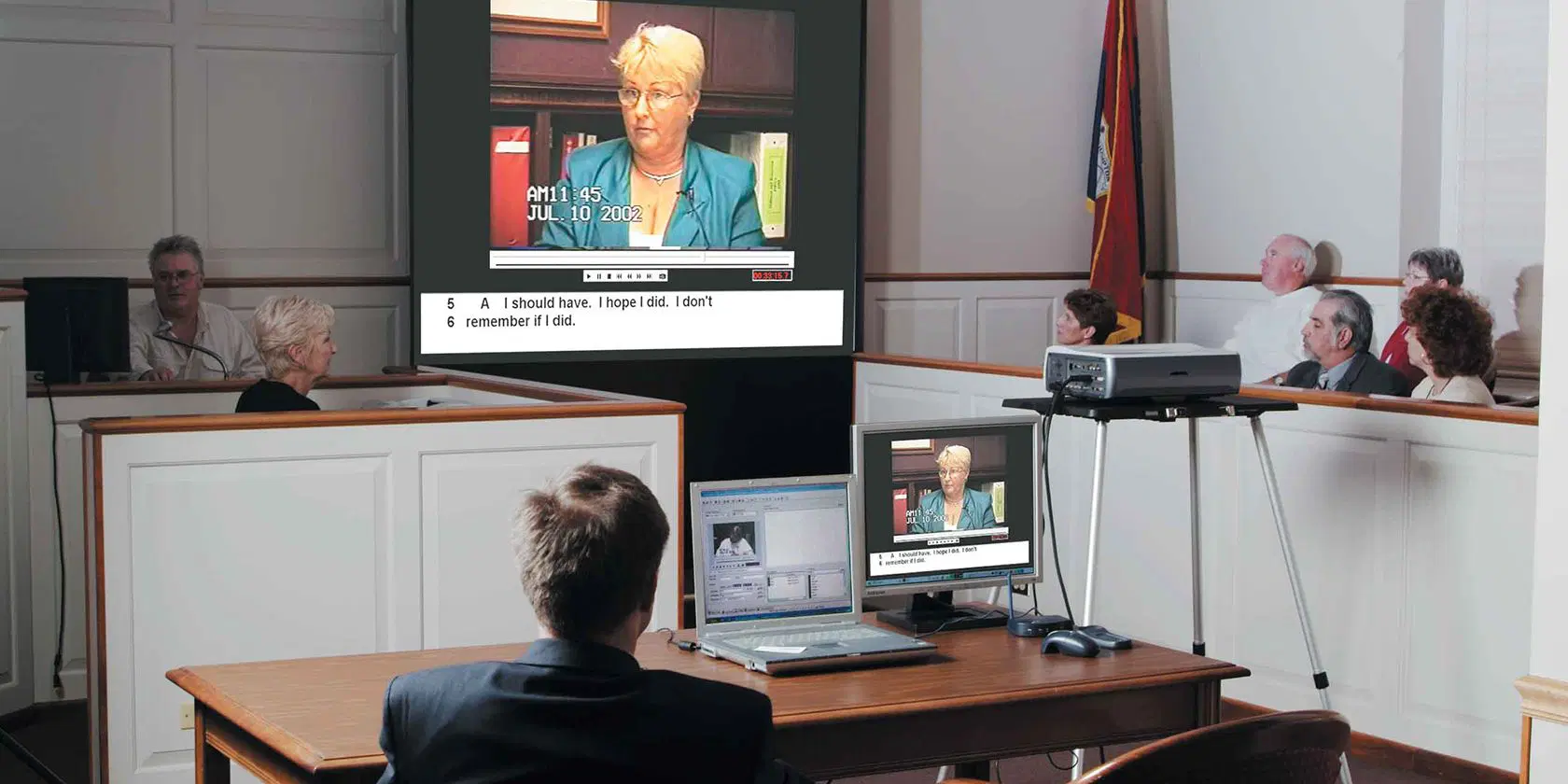Captivate the Jury: Necessary Components of a Powerful Test Discussion
Crucial aspects such as recognizing the audience, crafting an engaging narrative, and understanding verbal and non-verbal interaction are important components of an efficient presentation. As these aspects link, they develop a natural technique that not just educates however additionally engages jurors on numerous levels.

Understanding Your Audience
Comprehending your target market is a pivotal aspect of efficient test discussion. An effective presentation hinges on the capability to grasp the demographics, values, and predispositions of jurors. This comprehension educates exactly how arguments are mounted, evidence exists, and emotional charms are crafted, making certain that the message reverberates with the jurors on a personal level.
Research indicates that jurors come from diverse backgrounds and may have differing degrees of understanding regarding lawful process (trial presentation). Hence, it is important to prevent lawful lingo that could push away or puzzle them. Rather, using clear, relatable language fosters engagement and comprehension. Furthermore, recognizing the jurors' potential biases and life experiences enables the test speaker to expect arguments and address problems proactively.
Efficient test presentation additionally involves observing jurors' reactions throughout the proceedings. Involving with jurors as people rather than a cumulative device is vital in fostering a strong link in the court.

Crafting a Compelling Story
Crafting a compelling narrative is crucial in assisting jurors through the intricacies of a situation. A well-structured story not only simplifies intricate lawful ideas yet likewise engages jurors on an emotional degree, making the info much more relatable and memorable.
This message should resonate with the jurors' worths and experiences, fostering a connection that transcends simple realities. This chronological technique can help jurors comply with the progression of events, stressing reason and result.
Including human elements-- such as individual tales or anecdotes-- can even more boost the narrative's effect. These components evoke empathy, allowing jurors to imagine the effects of the instance on the real worlds. Additionally, employing a constant style throughout the discussion enhances the major debate, making it easier for jurors to keep important factors.
Inevitably, an engaging story changes a test discussion from a simple recounting of truths into a convincing tale that mesmerizes the court, motivating them to ponder with both reason and emotion.
Utilizing Visual Aids
Integrating visual aids right into a test presentation can considerably improve jurors' comprehension and retention of information. Visual materials such as graphes, layouts, photos, and videos can transform intricate lawful concepts and proof right into conveniently absorbable formats. By engaging multiple detects, these aids allow jurors to visualize the instance's crucial elements, making it less complicated for them to adhere to along and comprehend elaborate details.
In addition, well-designed visual help can highlight crucial factors and emphasize connections between various pieces of proof. For example, timelines can effectively show the sequence of occasions, while annotated images can make clear certain details pertinent to the situation. This not only help in understanding but additionally strengthens the narrative provided by the attorney.
It is essential, nonetheless, to make sure that aesthetic help are pertinent, clear, and expertly offered. Excessively intricate or chaotic visuals may overwhelm jurors and interfere with the message. When utilized carefully, aesthetic aids serve to match the oral disagreements and enhance the general effect of the trial presentation. Ultimately, efficient aesthetic communication can be an effective tool in persuading jurors and assisting them get to notified final thoughts.
Grasping Verbal Communication
Efficient spoken interaction is critical in a trial presentation, as it serves as the primary means whereby attorneys convey their arguments and get in touch with jurors. Grasping this skill includes clearness, persuasion, and interaction. Attorneys should articulate their points clearly and concisely, avoiding lawful lingo that might perplex jurors. Simpleness in language promotes understanding and assists jurors comprehend complicated problems presented during the trial.
In addition, tone and pacing considerably that site effect how messages are received. A confident tone shares authority, while ideal pacing enables jurors to take in information without feeling overwhelmed. Attorneys ought to also vary their singing inflections to stress bottom lines and maintain jurors' rate of interest throughout the discussion.
In addition, the company of verbal arguments is essential. Structuring the narrative practically and coherently assists jurors follow the lawyer's logic, making it easier for them to maintain vital information. Making use of convincing techniques, such as narration, can also boost the psychological vibration of the debates provided, therefore developing an extra profound link with jurors.
Inevitably, grasping spoken communication not only reinforces an attorney's instance however likewise fosters depend on and connection with the jury, substantially boosting the chances of a positive judgment.

Involving With Body Movement
Nonverbal communication plays a vital duty in test discussions, typically sharing messages that words alone can not share. Body movement, including gestures, pose, faces, and eye call, dramatically influences exactly how jurors perceive the integrity and sincerity of the presenter. A certain stance, with shoulders back and an open position, can impart trust, while closed-off body language might recommend defensiveness or uncertainty.

Face expressions must mirror the feelings related to the case, strengthening the narrative existing. A sincere expression during a poignant moment can elicit empathy and strengthen the psychological charm. Ultimately, understanding body movement is necessary for effective trial presentations, as it boosts spoken interaction and establishes an engaging visibility that reverberates with the court.
Verdict
Finally, astounding the jury demands a strategic approach that encompasses understanding the target market, crafting a compelling story, using aesthetic help, grasping verbal interaction, and involving through body movement. Each component plays a vital role in developing a powerful trial discussion that resonates with jurors on both emotional and go to my site intellectual levels (trial presentation). By incorporating these components efficiently, lawyers can substantially improve their capability to convince and affect jury decision-making